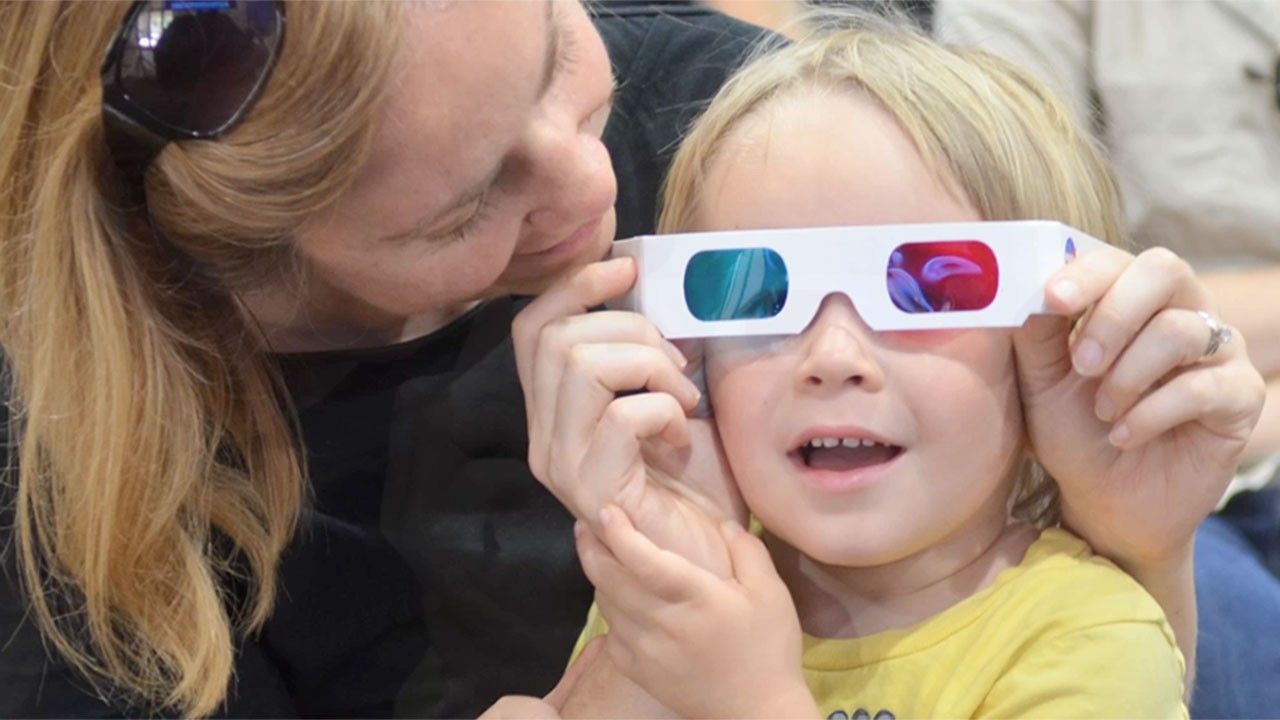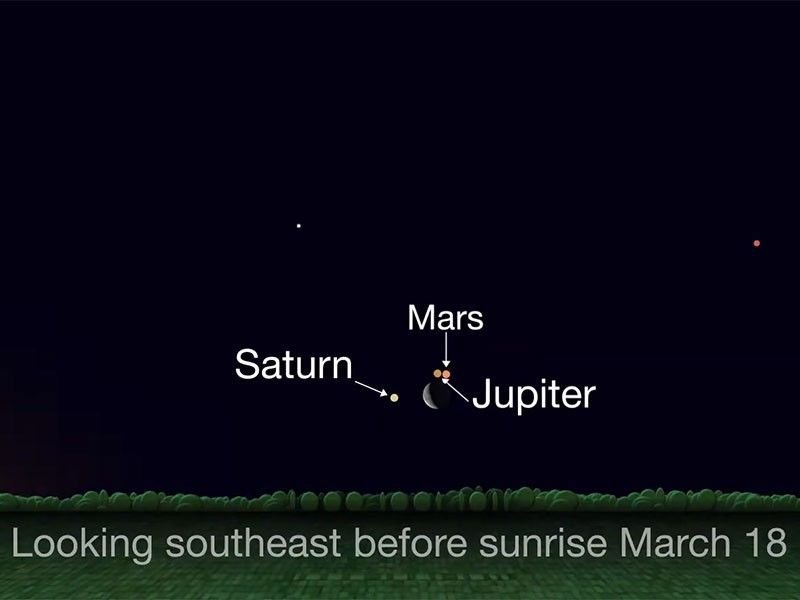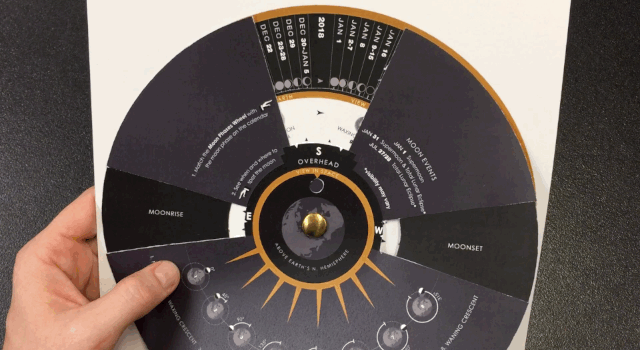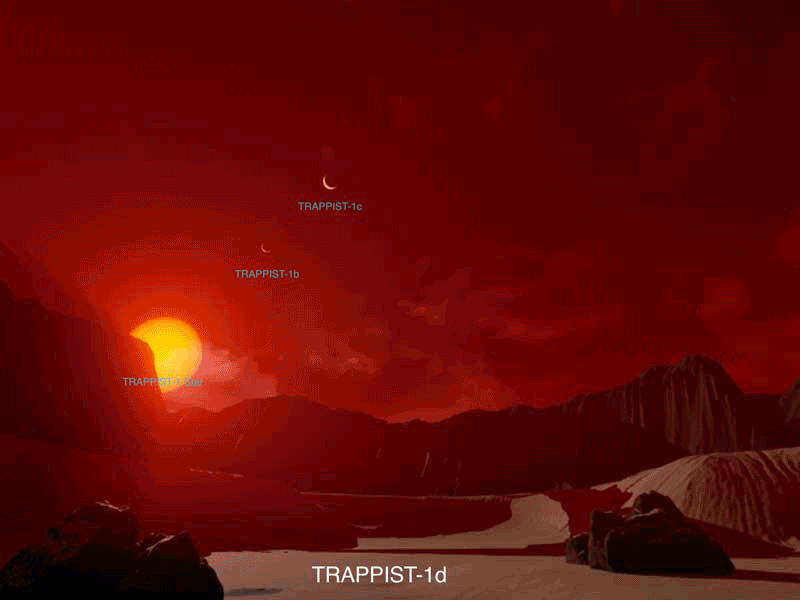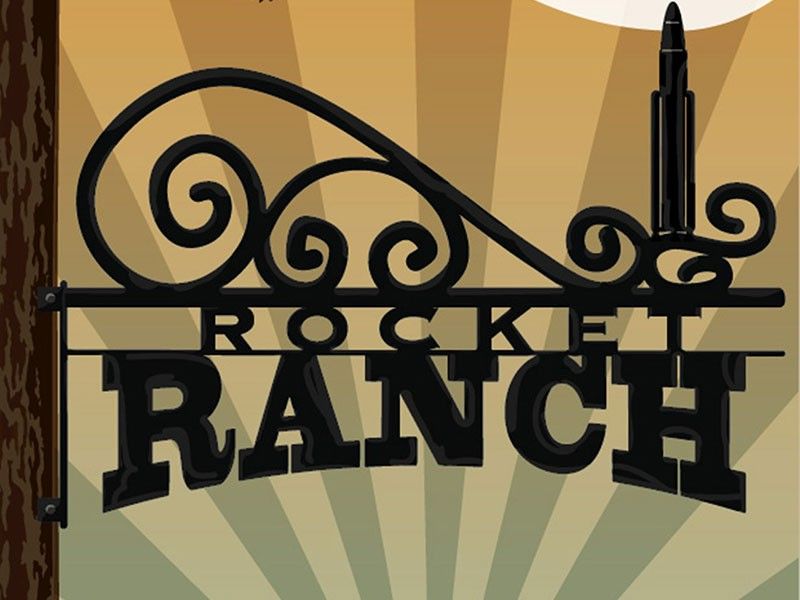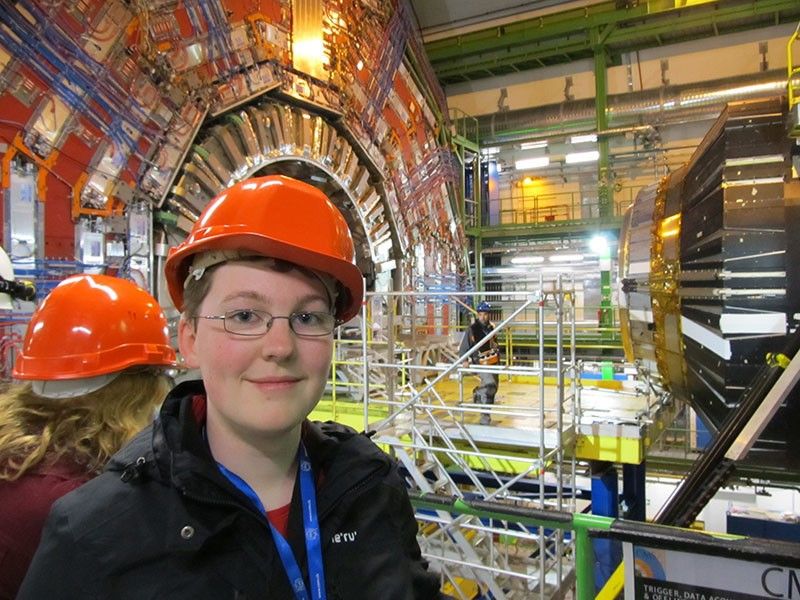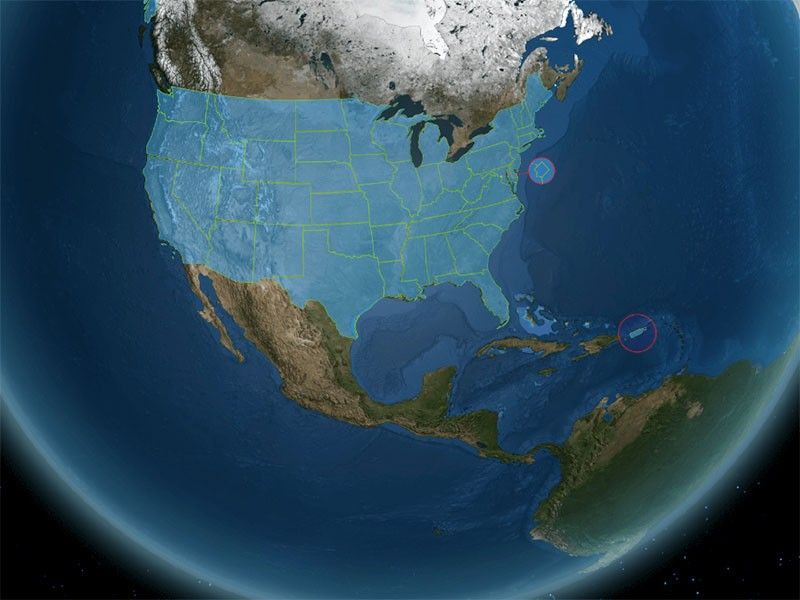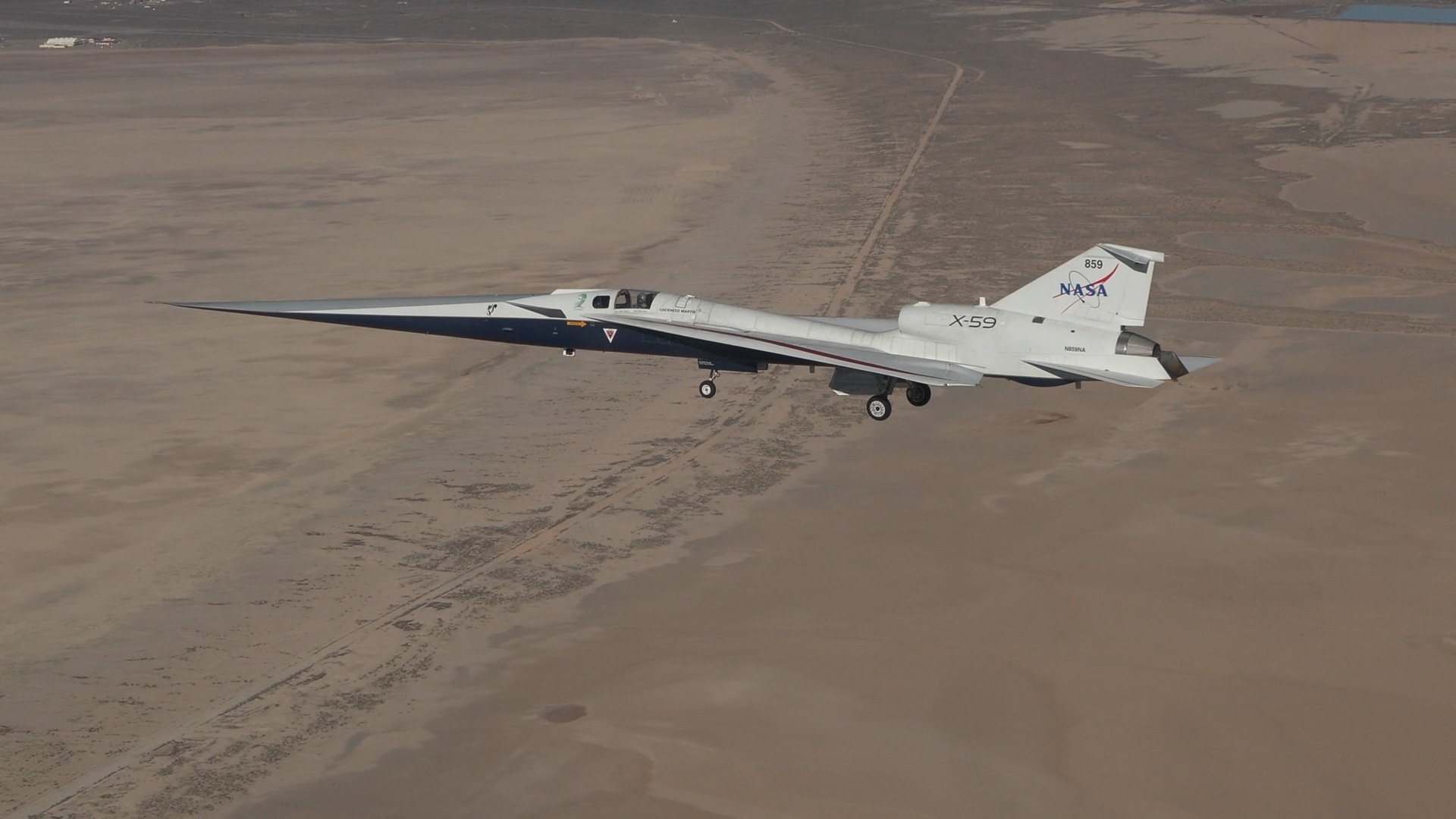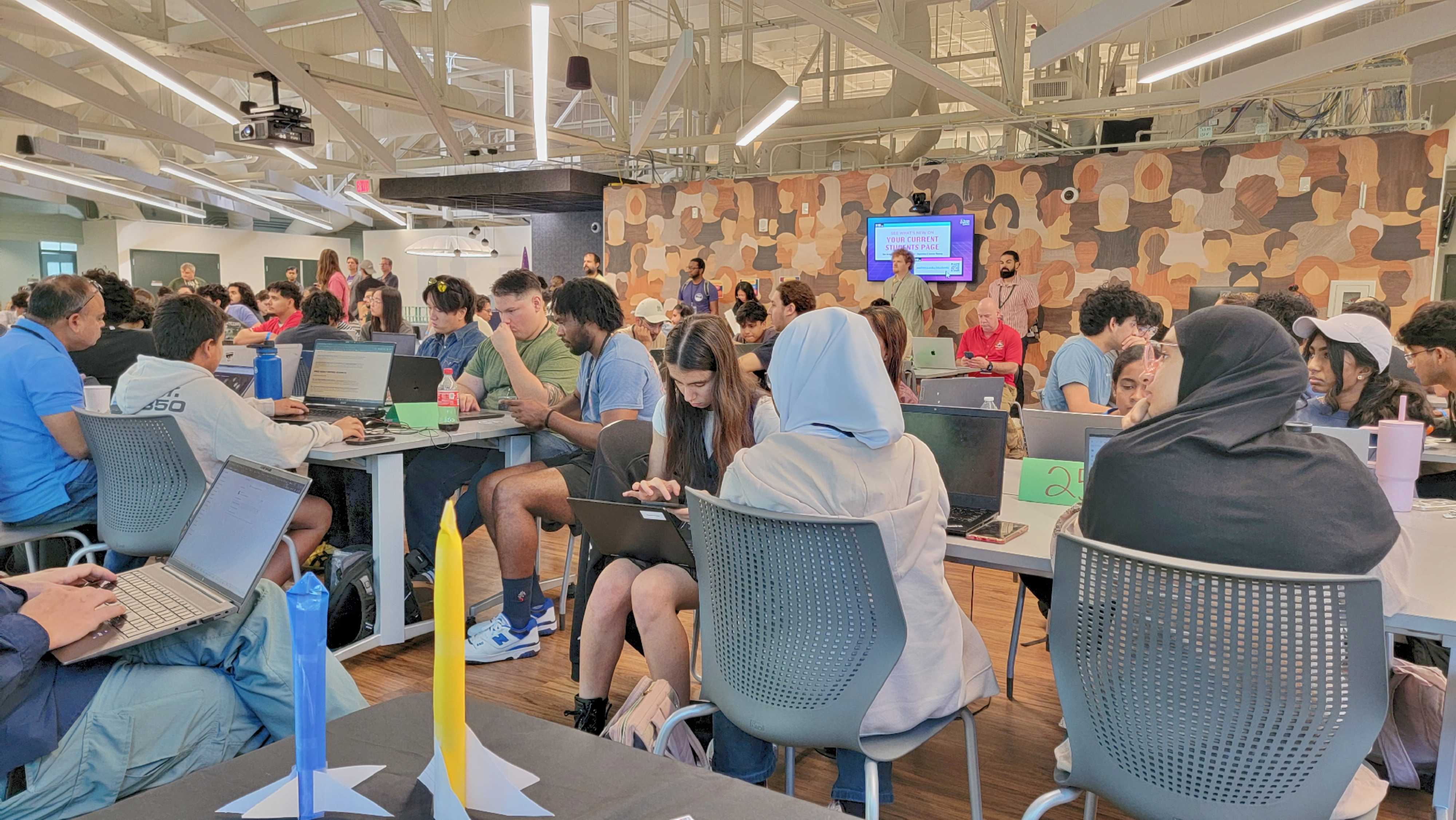A select collection of NASA resources to fill the days and nights while everyone is at home.

NASA STEM Activities for Families
Launch rockets, build hovercraft, create a winning science project and more. These science, technology, engineering and math activities are fun for the whole family. Check back for regular updates: https://www.nasa.gov/stem-at-home-for-students-k-4.html
Activities
Never miss a Moon phase. Build this NASA Moon phase calculator and the lunar phases will be at your fingertips. It's just one free activity created by NASA to inspire and educate.
More Activities and Resources
› NASA Space Place
› Teachable Moments
› NASA Wavelength (searchable lesson database)
› JPL Education for Teachers
› JPL Education for Students
› NASA & PBS Kids: Mission Solar System
› All About the Moon
NASA/JPL-Caltech
Things to Watch
NASA's new Perseverance rover, set to launch this summer, will land on Mars in 2021. The Mars in a Minute animated series that brings you up to speed on the Red Planet is just one of several NASA video products available on demand.
More Video Channels
› NASA eClips
› NASA Space Place
› JPL Education
› NASA STEM
NASA/JPL-Caltech
Free Range Exploration
Experience Earth and our solar system, the universe and the spacecraft exploring them in real-time, using real NASA data, with these free immersive apps for Mac, PC and mobile devices.
› NASA's Eyes on the Solar System
Worlds Beyond Our Solar System
So far, we’ve discovered more than 4,000 exoplanets. Many of these planets beyond our own solar system are … weird. Super-Earths (bigger than Earth and smaller than Neptune) and hot Jupiters (gas giants that orbit really close to their stars) abound. You can visit some of these real worlds and see what conditions might be like, based on NASA’s science at our Exoplanet Travel Bureau. We have 360-degree visualizations of planet surfaces like one of the seven rocky worlds of the TRAPPIST-1 system and the lava-covered planet called 55 Cancri e. What would the view be from a potential moon of Kepler-16b? You’d have two shadows from the planet’s two suns! Viewable on desktop, mobile and optimized for viewers like Google cardboard. While you’re there, download the free travel posters.
Listen and Read
Plenty of great NASA stories are available in our collections of podcasts and e-Books.
This Week's Suggestions
› Gravity Assist (Podcast)
› Houston, We Have a Podcast
› Earth at Night (e-Book)
› The Saturn System Through the Eyes of Cassini (e-Book)
Do-It-Yourself Science
NASA’s citizen science projects are collaborations between scientists and the public. Volunteers (citizen scientists like Katharina) have helped make thousands of important scientific discoveries. Want to work on some real NASA science? Use the links below to get started. Many projects with can be done by anyone, anywhere, with just a cellphone or laptop.
Citizen Science Projects You Can Do at Home
› NASA Citizen Scientist Homepage
› JunoCam: Download raw pictures from Jupiter and use them to create your own imagery.
› Snapshot Wisconsin: Track wildlife by classifying images captured on trail cameras
› Stardust@Home: Look for interstellar particles in aerogel from the Stardust sample return mission
› Globe Observer: Make environmental observations that compliment NASA satellite data.
› Backyard Worlds: Search beyond Neptune for new brown dwarfs stars planets
› Landslide Reporter: Find landslides online and submit them to a NASA database
› Floating Forests: Help study kelp forests in oceans
› Penguin Populations: Help understand and model present and future penguin populations
› Sungrazer Project: Discover a comet as it dives toward the Sun
› Cosmic: Help train a computer to think like a scientist for future Mars missions
Close to Home: NASA in the 50 States
Did you know that all 50 states are helping NASA explore space? Find out how your state and others contribute to space exploration and then test your knowledge with these three questions:
- Which state has the most NASA centers?
- Which three states fall in the path of totality for both the 2017 and 2024 total solar eclipses?
- Which state would be a good place to spot the aurora borealis (also known as northern lights)?
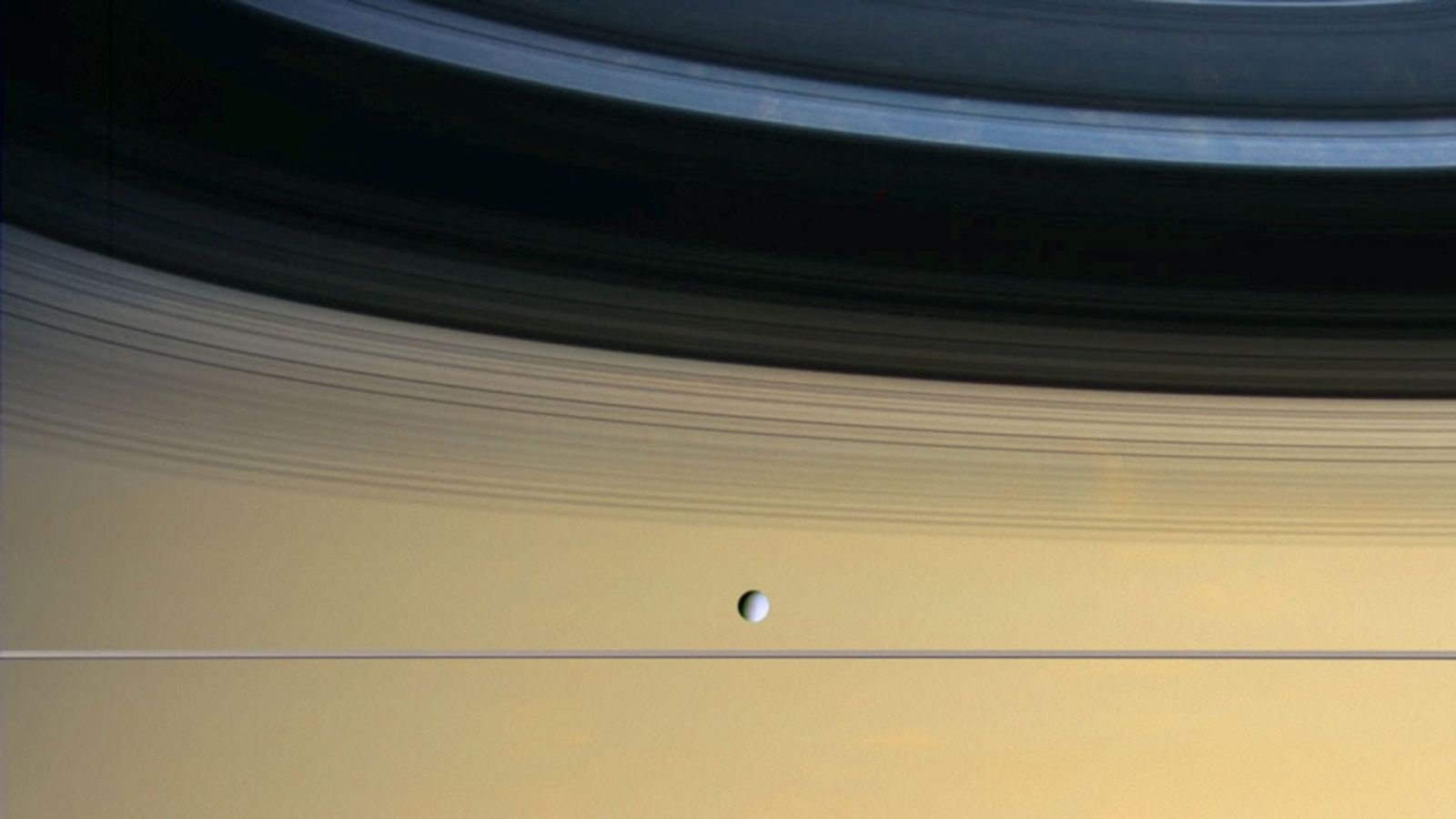
Take a Break!
If you made it this far, you deserve a break. Take a moment to appreciate the beauty of the distant worlds of our solar system.



























